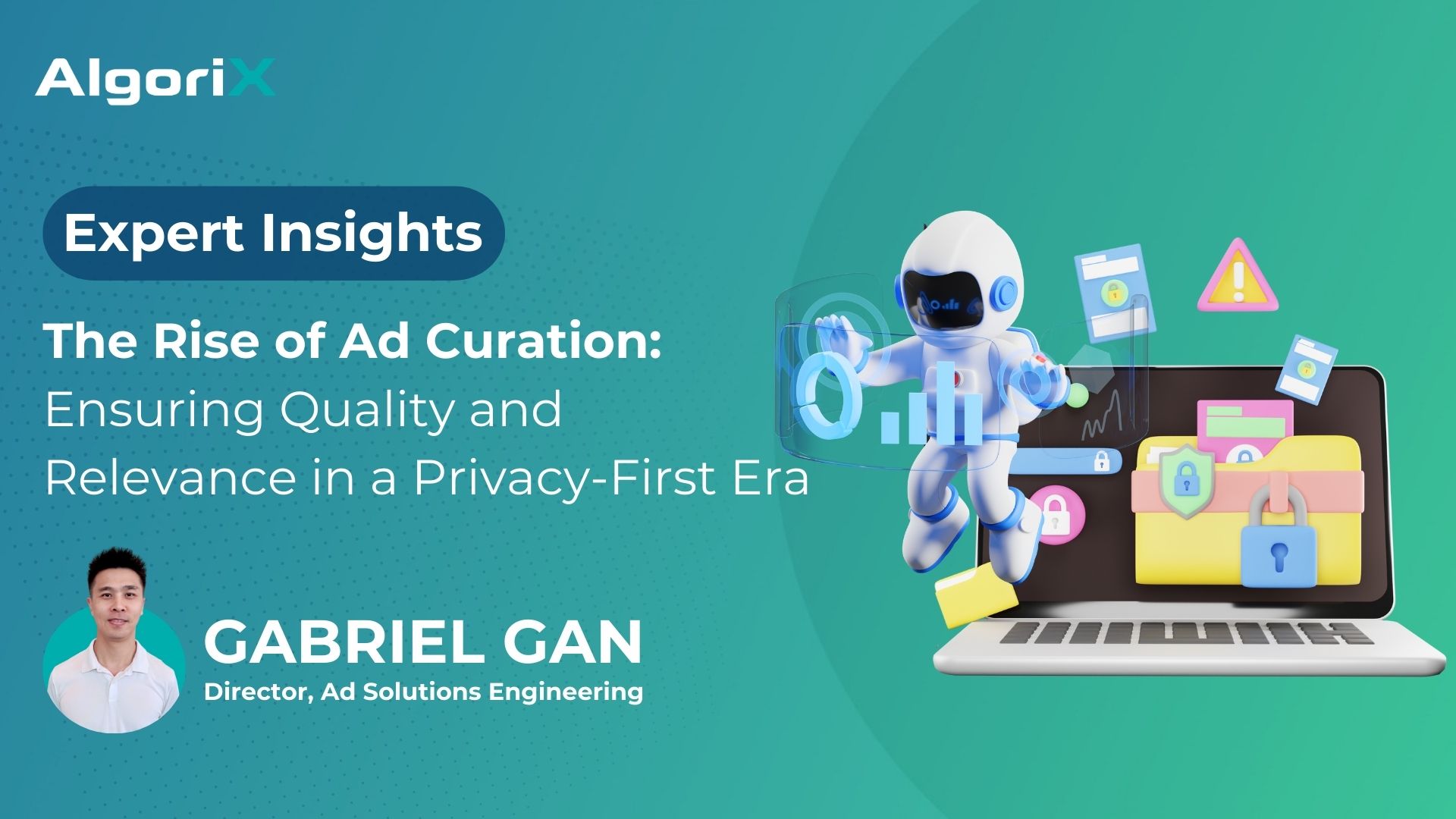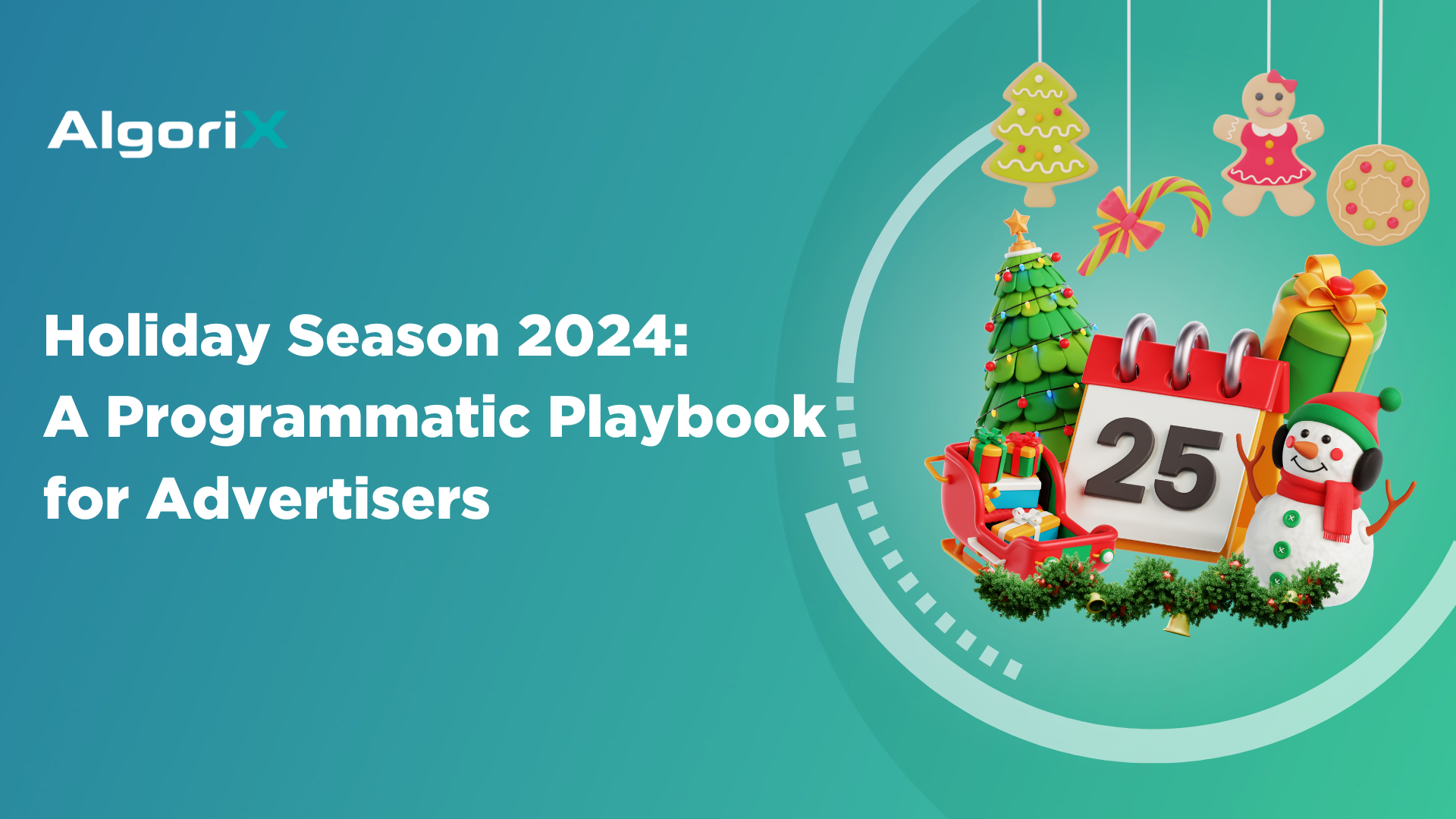As concerns around privacy, user experience, and ad performance grow, advertisers and publishers alike are looking for ways to stay effective without relying on invasive tracking. One strategy that is drawing a lot of attention is ad curation. Below, we explore what ad curation is, why it matters, and how it can help solve many of the challenges that traditional programmatic advertising faces.
What Is Ad Curation and Why It Matters
Ad curation refers to the process of filtering and selecting ads to ensure the most relevant and appropriate ones reach users. It has become especially important as the digital advertising ecosystem moves away from broad targeting and third-party cookies.
According to an ANA report, up to $22 billion of global open web advertising spend may be wasted every year due to invalid traffic, low-quality ads, or poor placement. Studies also show that 90% of European media buyers plan to direct ad spend toward curation platforms. These trends illustrate how curation helps maintain relevance and performance in a privacy-focused market.
Problems With Traditional Ad Delivery Models
Traditional programmatic advertising often prioritizes scale and the highest bid price, which can lead to the following:
- Irrelevant or low-quality environments: Ads may appear on sites that do not match the brand’s values or target audience.
- Poor user engagement: Content and ads often fail to match context, which can reduce click-through rates (CTR) and conversions.
- Brand safety issues: Ads may run alongside problematic or offensive content.
- Redundant or repetitive ad exposures: Users see the same ad too frequently, causing ad fatigue.
- Inefficient use of inventory: High-value placements can be wasted on irrelevant creatives, lowering overall performance.
These issues reduce campaign effectiveness and can degrade the user experience, especially in environments like CTV or mobile apps where ad slots are limited. Additionally, according to ExchangeWire, 87% of marketers who implemented machine learning–based targeting reported better ROI. This suggests that when ads are delivered in more contextually suitable environments, they perform better.
Lorem ipsum dolor sit amet, consectetur adipiscing elit. Ut elit tellus, luctus nec ullamcorper mattis, pulvinar dapibus leo.
How Ad Curation Works
Ad curation introduces an extra layer of filtering and decision-making in the ad delivery process. It evaluates ad creatives, metadata, and contextual fit before serving the ad. It is commonly implemented by:
- Supply-Side Platforms (SSPs): Filtering ad creatives based on publisher rules (e.g., blocking certain categories or creative types).
- Retail Media Networks: Curating ads according to on-page context, such as showing only relevant product ads.
- CTV Platforms: Aligning ads with specific content themes or show genres to preserve viewing experiences.
Technically, this involves rules-based filtering, semantic analysis, and sometimes human review. Ad curation can happen on the supply side, demand side, or in a neutral environment (e.g., curated marketplaces). Some platforms also integrate machine learning to further refine which ads will perform best for specific audiences or contexts.
Benefits of Ad Curation
Ad curation delivers significant advantages for both advertisers and publishers. By focusing on contextual alignment and quality control, it can transform advertising experiences in the following ways:
- Higher relevance: Ads are better matched to the content and user expectations, resulting in more meaningful engagements.
- Better performance: When ads align with user interests or contextual cues, engagement and conversion rates tend to improve.
- Brand safety: Curators can block ads from appearing in inappropriate or harmful environments.
- Less waste: By filtering out low-quality or redundant creatives, valuable inventory is reserved for more suitable ads.
- Improved user experience: Users see fewer intrusive or irrelevant ads, leading to better overall satisfaction.
From a platform’s perspective, curation offers more control over the ads shown, which can lead to higher long-term yields and stronger advertiser relationships. It can also support Supply Path Optimization (SPO) by reducing unnecessary intermediaries and ensuring that ad dollars are spent on quality placements.
Common Use Cases
Different environments demand unique approaches to ad curation, yet the goal remains the same: ensuring that displayed ads meet a clear quality or relevance standard.
For instance, CTV platforms often align ads with specific genres or show types to maintain a consistent viewing experience, preventing jarring ad breaks or mismatched content. Retail media networks may only show ads for in-stock or contextually relevant products, boosting both click-through and conversion rates. Meanwhile, premium publishers block low-quality or off-brand creatives, even if they have a high bid, in order to preserve their reputation and user trust. Private marketplaces (PMPs) bundle curated inventory with pre-approved brands or formats, setting a higher quality threshold and fostering a more effective media environment.
Challenges and Trade-Offs
Although ad curation provides clear advantages, it also brings a set of complexities that demand careful consideration:
- Operational overhead: Setting up and maintaining curation rules adds complexity.
- Reduced fill rates: Filtering out ads may lead to fewer bids and lower competition, at least in the short term.
- Technical integration: Curation often requires collaboration among SSPs, DSPs, or third-party providers.
- Subjectivity: Definitions of “quality” or “relevance” can vary, so publishers and buyers must balance different needs and preferences.
Despite these hurdles, platforms that invest in curation usually see better user experiences and stronger advertiser relationships. Publishers may sacrifice short-term revenue for long-term brand value, while advertisers gain more targeted impressions with fewer wasted ad dollars.
Final Thoughts
Ad curation offers a powerful way to combat problems in today’s complex advertising ecosystem. By filtering and selecting creatives with contextual awareness and quality in mind, advertisers can enjoy stronger engagement, and publishers can preserve brand integrity. As privacy rules tighten and third-party cookies remain uncertain, ad curation stands out as a strategy that respects user choice while still delivering relevant commercial messages.
If you are considering implementing ad curation, it is important to evaluate your infrastructure, define clear quality standards, and establish a strong partnership with platforms that support rules-based and ML-driven filtering. While curation may introduce additional complexity, the gains in brand safety, user experience, and long-term ROI often justify the effort. Ready to see how curation can transform your advertising? Connect with AlgoriX today.












